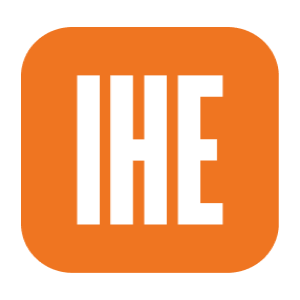
How Credit for Prior Learning Strengthens Workforce Ties
In today’s rapidly evolving workforce landscape, higher education institutions face mounting pressure to demonstrate value, relevance and return on investment. Amid this challenge lies an underutilized strategy with remarkable potential: credit for prior learning.
We’ve long recognized CPL’s benefits for students. Learners who receive CPL credits are more likely to complete their degrees (49 percent vs. 27 percent for those without) and, on average, they earn 17.6 additional credits, finish nine to 14 months sooner and save between $1,500 and $10,200 in tuition costs (CAEL). But what’s often overlooked is CPL’s power to transform relationships between educational institutions and employers—creating a win-win-win for students, institutions and industry.
Beyond a Student Benefit
The traditional narrative around CPL emphasizes student advantages: increased enrollment, improved completion rates and reduced time to graduation. These metrics matter tremendously, but they tell only part of the story.
CPL can serve as a bridge between academia and industry, creating powerful new partnerships. When colleges and universities embrace robust CPL programs, they send a clear message to employers: We value the training and development you provide. Recognizing corporate training as creditworthy learning demonstrates respect for workplace knowledge and underscores higher education’s commitment to real-world relevance.
Employer and Workforce Gains
For employers, CPL validates that their internal training programs have academic merit. This recognition strengthens recruitment and retention efforts, as workers see clear pathways to advance their education without duplicating learning they’ve already mastered. Companies that invest in employee development also gain educational partners who understand industry needs and value the attributes that drive employee success.
The benefits extend further: Organizations with tuition remission or reimbursement programs can reduce costs while enhancing employee motivation and persistence.
Deeper Collaboration Between Higher Ed and Industry
As institutions evaluate workplace training for credit equivalency, they gain invaluable insights into industry practices and skill needs. This exchange allows colleges to refine curricula to better meet market demand, ensuring graduates possess the competencies employers seek—not just those defined within academic silos.
The hard but necessary conversations—between faculty and corporate training leaders—help ensure CPL evaluations are rigorous and relevant. Key questions include: Why include certain topics but not others? How do we know participants can demonstrate knowledge? Does the training align with broader disciplinary or leadership needs, or is it niche? These discussions strengthen both educational and workplace outcomes.
Reimagining CPL
The future of higher education lies in breaking down artificial barriers between academic and workplace learning. By embracing CPL as a cornerstone strategy—not only for student success but also for employer partnerships—institutions can position themselves at the nexus of education and employment.
This approach doesn’t diminish academic rigor; it expands our understanding of where and how meaningful learning occurs. Done well, CPL creates pathways that honor all learning, regardless of where it happens. And for learners, the message is clear: Your hard work counts.

Source link



